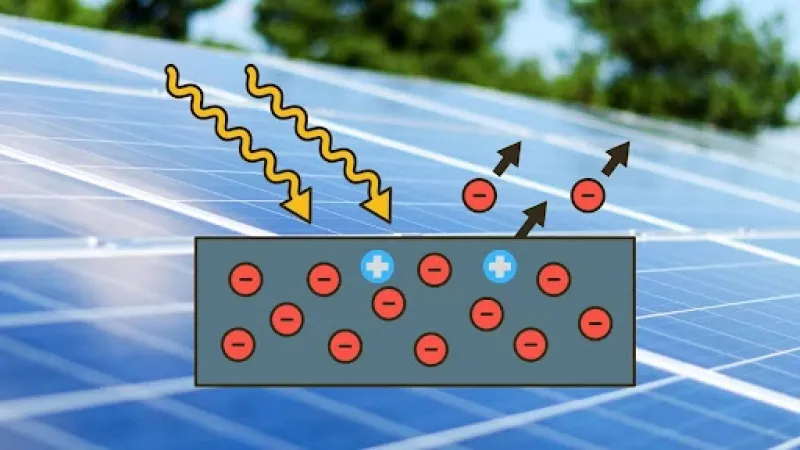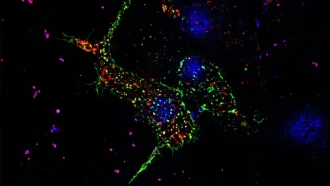
Stephen Hawking famously said, “One of the basic rules of the universe is that nothing is perfect. Without imperfection, neither you nor I would exist.” Imperfections are what drive many of the processes of our universe, including why there is more matter than antimatter. Imperfections also gave rise to much of modern electronics, where semiconductors are doped to create imperfections, which can then drive electrons and generate a current.
Researchers from the Indian Institute of Science (IISc), Bengaluru, Gandhi Institute of Technology and Management (GITAM) Deemed to be University, Bengaluru, and National Institute for Materials Science, Japan, are now exploring the imperfections in a sheet of molybdenum disulfide (MoS2) to improve electronic devices. MoS2 has a layered structure, with a hexagonal arrangement of sulfur-molybdenum-sulfur atoms and can be formed into 2-dimensional sheets. The research dives into how tiny flaws, or disorders, within these sheets play a crucial role in how MoS2-based devices work, especially in applications such as sensors.
Did You Know? Pure semiconductors, known as intrinsic semiconductors, exhibit low conductivity at room temperature due to limited free charge carriers. Doping introduces either an excess of electrons (n-type) or holes (p-type) into the semiconductor material, enabling precise control over its conductivity and making it suitable for a wide range of electronic devices. |
The researchers focused on a single layer of MoS2, which is just a sheet of atoms, placed on an insulating material called hexagonal boron nitride (hBN). The hBN acts like a clean and neutral surface, helping the researchers isolate the effects of the MoS2 itself. To study the properties of the MoS2, they built an electronic device, called a field-effect transistor (FET), using this MoS2 layer. Using the FET, they could measure how electricity flowed through the MoS2 as they changed the temperature and applied different voltages.
They found that the electricity moves through the MoS2 in a complex process. At lower temperatures, the electrons seem to hop between different spots, or localised states, rather than flowing smoothly. The presence of defects strongly influences this hopping behaviour. By analysing how the electrical conductivity changed with temperature, they were able to estimate a key property called the localisation length, which can tell us, on average, how far an electron can move within these localised states before it gets stuck. They found this length to be around 5 nanometers (nm), which is about 50,000 times smaller than the width of a human hair.
The researchers also looked at how the MoS2 device responded to light by measuring how the conductivity changed in response to light. They observed a phenomenon called persistent photoconductivity, where even after the light was turned off, the device continued to conduct electricity for a while, not immediately returning to its original dark state. This persistence is also linked to the same localised states and defects. By studying how this persistent current faded away over time at different temperatures, they could estimate another localisation length, this time around 7 nm. The fact that these two different measurements, one from electrical transport and one from light response, gave similar localisation lengths strongly suggests that these localised states are indeed the key players. The researchers hypothesise that the electrons get trapped in these defect states when light shines on the MoS2, and they don't immediately escape when the light is gone, leading to the persistent current.
However, the researchers note that the optoelectronic measurements for estimating localisation length are challenging to interpret directly, but the agreement with electrical transport data provides strong evidence. The researchers also note that while their device showed good performance, other similar devices have shown significantly lower photoresponsivity, suggesting that the precise nature and density of defects can lead to a wide range of behaviours.
Nevertheless, understanding how defects influence MoS2's properties is crucial for designing better electronic devices. For instance, MoS2 is being explored for highly sensitive photodetectors, which are used in everything from cameras to medical imaging. By controlling or even intentionally introducing specific types of defects, scientists can fine-tune the sensitivity, speed, and stability of these devices. This research provides a deeper insight into the fundamental physics governing these ultra-thin materials, paving the way for more advanced and efficient electronic and optoelectronic technologies in the future.
This article was written with the help of generative AI and edited by an editor at Research Matters.






